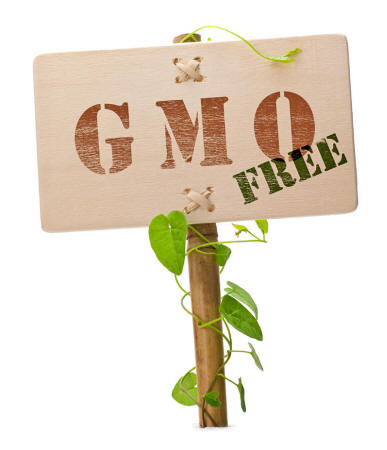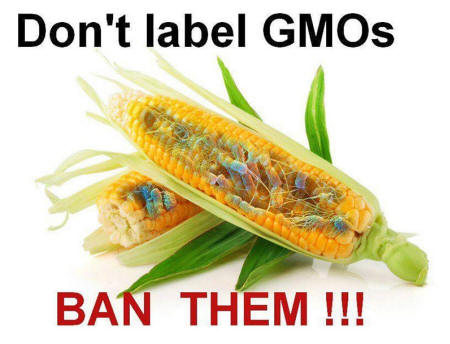|

by Ethan A. Huff
staff writer
December 09, 2013
from
NaturalNews Website

Legislation outlawing all future plantings of genetically-modified
organisms (GMOs) as well as the very companies that manufacture and
spread them has become law on Hawaii's "Big Island" following the
historic passage of Bill 113.
According to reports, the new law
prohibits biotechnology companies like
Monsanto and Dow from further
experimenting with
GMO crops and seeds on the Big
Island, and also forbids any new GMOs from being cultivated there.
The Honolulu Civil Beat reports that the Hawaii County Council voted
6-3 to pass the momentous bill, which contains only one exemption
for GM papayas that have been grown in Hawaii since the late 1990s.
All other GMOs, including the latest
incarnations of Roundup Ready soybeans and Bt corn, for instance,
will have to make their homes elsewhere, as residents of the Big
Island have made their voices overwhelmingly heard on the issue.
"Forcing genes of one species into
another and changing the DNA of plants is not natural," stated
one local resident by the name of Helene Love. "[GMOs] could
turn out to be a huge danger, similar to nuclear disasters of
our planet that we can't put out."
Some might say this suggestion is a bit
dramatic, but the truth of the matter is that the long-term adverse
effects of GMOs on the environment and human health are largely
unknown.
It is also undeniable that, once
released, GMOs can never again be contained, as their pollen and
other components will continue to indiscriminately spread and
contaminate other plants and food crops.
"Even the worst chemical pollution
diminishes over time as the pollutant is degraded by physical
and biological mechanisms.," explains the comprehensive Earth
Open Source research study GMO Myths and Truths.
"But GMOs are living organisms. Once
released into the ecosystem, they do not degrade and cannot be
recalled, but multiply in the environment and pass on their GM
genes to future generations."
Big Island
mayor fully endorses Bill 113
Says it will help protect his community's
agricultural heritage
Big Island Mayor Billy Kenoi was also supportive of the bill,
telling reporters that it fully embodies the sentiments of his local
community.
Rather than continue to allow large
biotech corporations to rob the people of their agricultural
heritage, Bill 113 encourages community-based farming and ranching
rather than chemical-based factory agriculture.
"Our community has a deep connection
and respect for our land, and we all understand we must protect
our island and preserve our precious natural resources," wrote
Kenoi to the councilmen.
"We are determined to do what is
right for the land because this place is unlike any other in the
world."
The Hawaiian island of Kauai is also
considering similar legislation in the form of Bill 2491, which
rather than implement a full-on GMO ban would merely increase the
standards for GMO approval.
According to Civil Beat, Bill 2491,
which is expected to be very soon submitted by councilwoman Elle
Cochran to the Maui City Council, would require biotech
corporations to disclose details about pesticide use and report all
experimental and commercial GMOs to authorities.
"The bill requires commercial
agricultural companies that use more than 5 pounds or 15 gallons
of restricted use pesticides to disclose what chemicals they
spray, where and in what quantities," explains a recent new
report on the upcoming bill.
"The bill would apply to all of Maui
County - including the island of Molokai where both Monsanto and
Dow AgroSciences operate."

Sources
|


